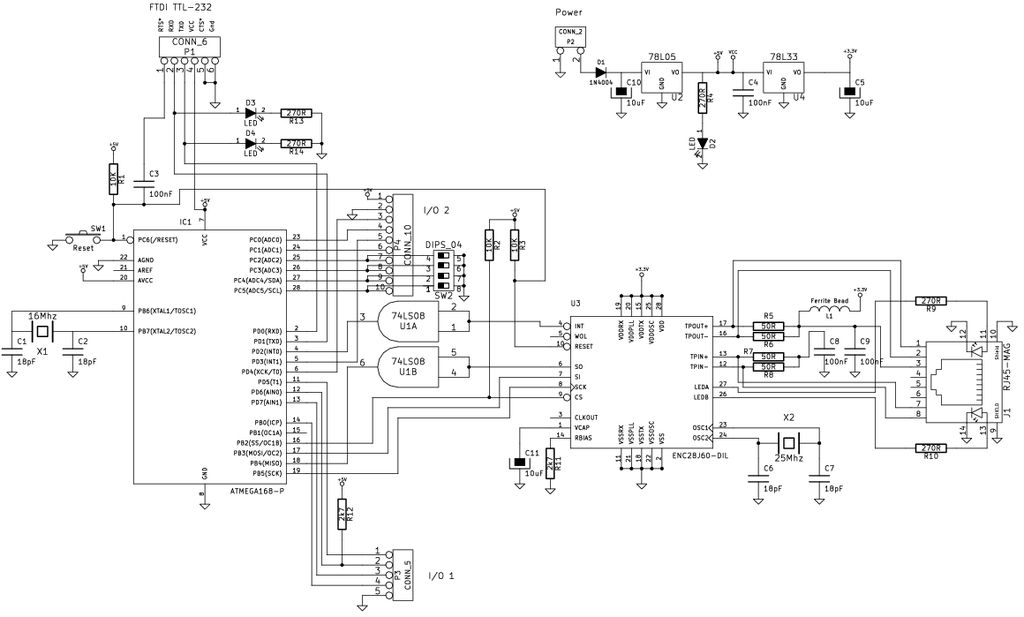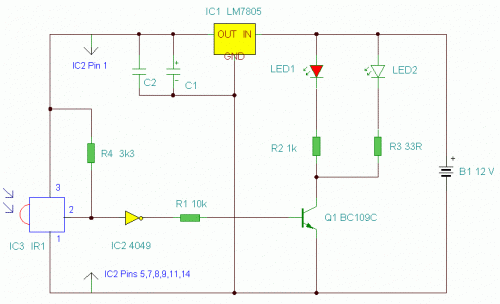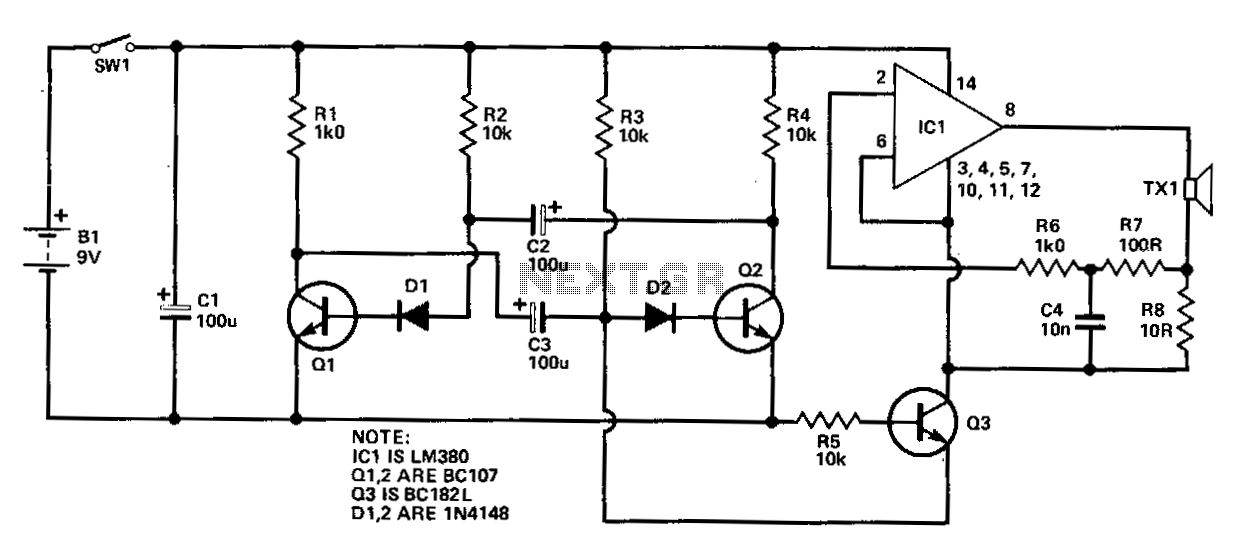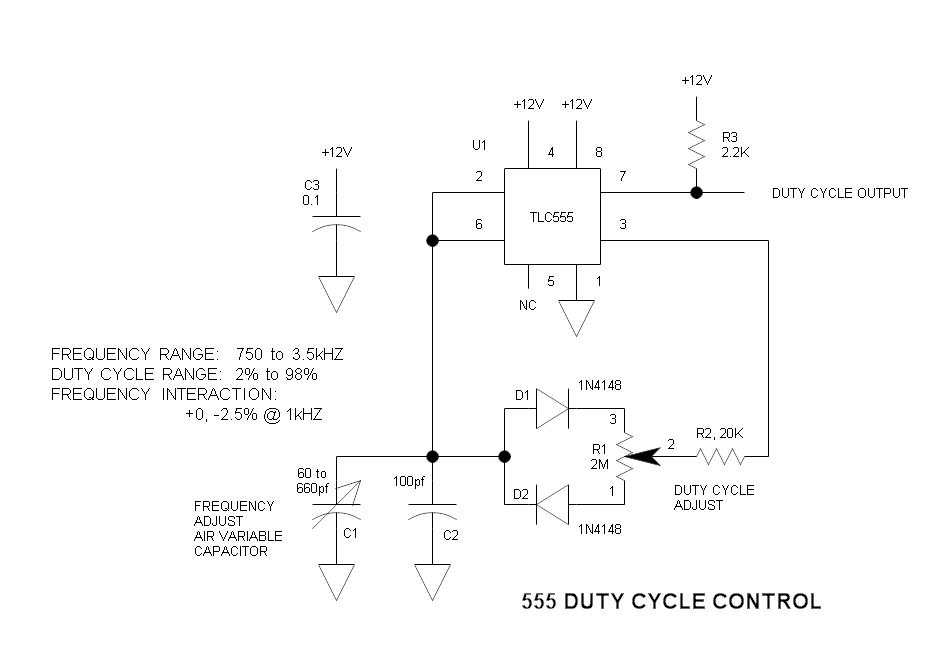
Powerline Carrier-Current Remote Control or Intercom

The 567 IC tone decoder/detector can be utilized to construct a remote control or intercom system. This circuit is capable of controlling a relay or transmitting an audio signal.
The 567 IC is a versatile component often employed in tone detection applications. It operates by detecting specific frequencies and can be configured to trigger various outputs based on the detected tone. In the context of a remote control or intercom system, the 567 IC can be integrated into a circuit that receives audio signals or specific control tones.
The basic configuration of the circuit includes the 567 IC connected to a power supply, typically within the range of 4.5V to 15V. The input pins of the IC are connected to an audio input source, which could be a microphone or another audio signal generator. The output pin of the IC is connected to a relay driver circuit, which can activate a relay when the desired tone is detected.
In the intercom application, the circuit can be designed to amplify the audio signal before it reaches the 567 IC, ensuring that the tone is adequately detected even in noisy environments. Additionally, the circuit may include filtering components to eliminate unwanted frequencies, allowing for more precise tone detection.
For remote control purposes, the circuit can be configured to respond to specific button presses on a remote transmitter, generating distinct tones for each command. The relay controlled by the 567 IC can then activate various devices, such as lights or alarms, based on the received tone.
Overall, the 567 IC tone decoder/detector serves as a crucial element in building efficient and effective remote control and intercom systems, providing reliable tone detection and control functionalities.Using 567 IC tone decoder/detector, we can build a remote control and or intercom. This circuit can be used to control a relay, or to carry an audio signal.. 🔗 External reference
The 567 IC is a versatile component often employed in tone detection applications. It operates by detecting specific frequencies and can be configured to trigger various outputs based on the detected tone. In the context of a remote control or intercom system, the 567 IC can be integrated into a circuit that receives audio signals or specific control tones.
The basic configuration of the circuit includes the 567 IC connected to a power supply, typically within the range of 4.5V to 15V. The input pins of the IC are connected to an audio input source, which could be a microphone or another audio signal generator. The output pin of the IC is connected to a relay driver circuit, which can activate a relay when the desired tone is detected.
In the intercom application, the circuit can be designed to amplify the audio signal before it reaches the 567 IC, ensuring that the tone is adequately detected even in noisy environments. Additionally, the circuit may include filtering components to eliminate unwanted frequencies, allowing for more precise tone detection.
For remote control purposes, the circuit can be configured to respond to specific button presses on a remote transmitter, generating distinct tones for each command. The relay controlled by the 567 IC can then activate various devices, such as lights or alarms, based on the received tone.
Overall, the 567 IC tone decoder/detector serves as a crucial element in building efficient and effective remote control and intercom systems, providing reliable tone detection and control functionalities.Using 567 IC tone decoder/detector, we can build a remote control and or intercom. This circuit can be used to control a relay, or to carry an audio signal.. 🔗 External reference





